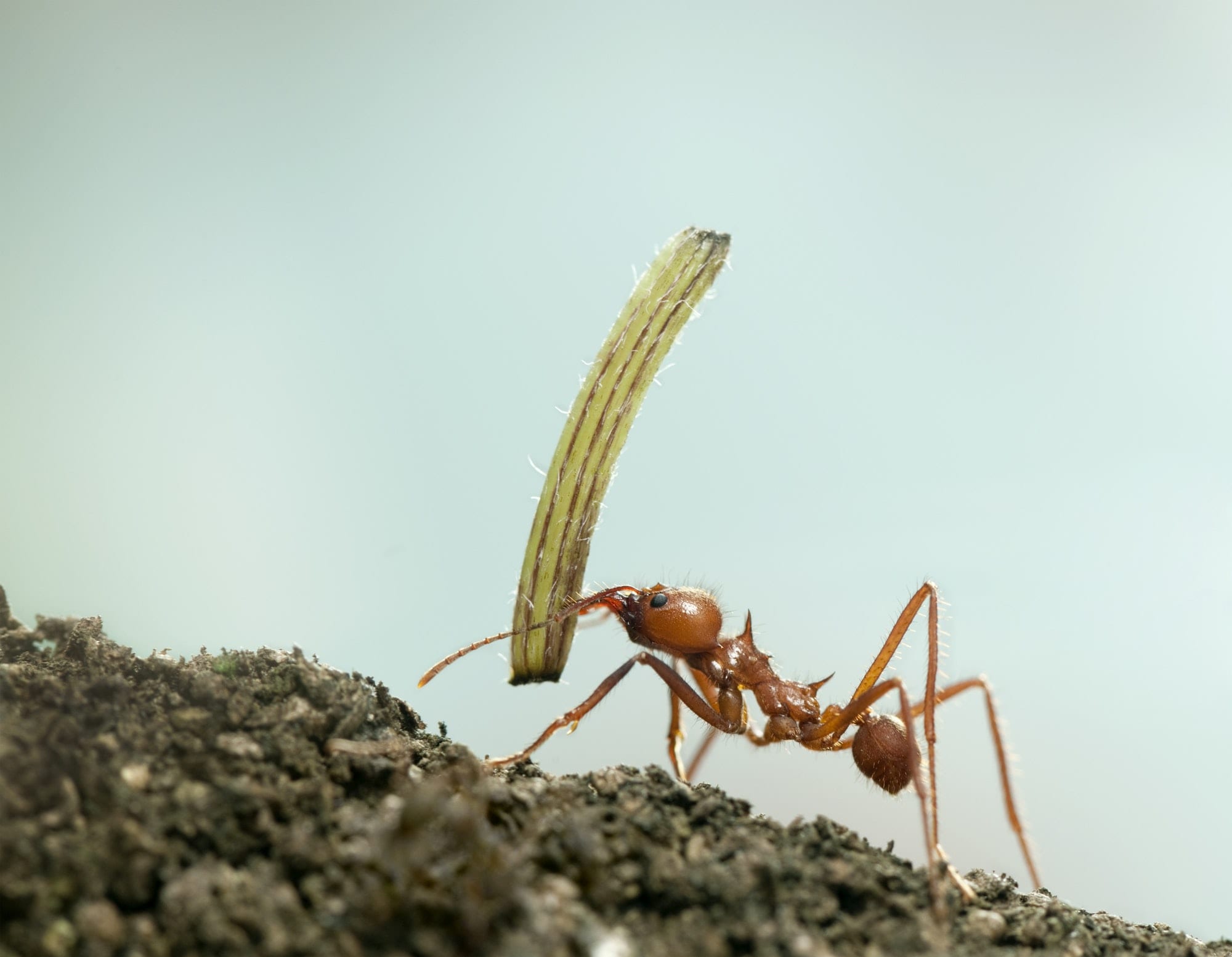Unlike the notorious red-imported fire ant, and the less well known, but equally dangerous black imported fire ant, the southern fire ant is native to North America where they are abundant in the southern states and Mexico. While southern fire ants can be found in the southeastern states, they are most abundant in the southwest US, particularly within southern California and Arizona. Southern fire ants are often encountered within and around residential homes in all areas of southern California, but urban populations have been somewhat displaced by Argentine ant migrations in recent years. However, experts have found that southern fire ants rapidly repopulate urban and suburban areas immediately after area-wide pest control programs effectively eradicate Argentine ant populations. While they are not as dangerous to humans as red and black-imported fire ants, southern fire ants have been known to inflict fatal stings to humans, even within the homes they infest.
Southern fire ant workers are between ⅛ and ¼ of an inch in length and their bodies are largely amber or reddish-brown in color, with the exception of their black abdomen. Workers also possess relatively large eyes, and their bodies are covered with golden hairs that are not usually visible without the aid of magnification. Outdoor nests are frequently found near moisture in yards where they can be recognized as small mounds or patches of soil on turf. Outdoor nests can also appear as slightly sunken dirt craters, and they are usually located in sunny areas. Approaching possible nests should be done with extreme caution, as southern fire ant workers will emerge from their nests in order to inflict numerous stings to any nearby threat. Unfortunately, southern fire ants are also well known for establishing one or multiple nests within homes, particularly within wall voids, wood, cement or masonry foundations, crawl spaces and under carpeting. Several case reports have described potentially fatal anaphylactic reactions to southern fire ant stings both within and immediately outside of southern California homes.
Have you ever sustained one or more stings from a native fire ant species?


